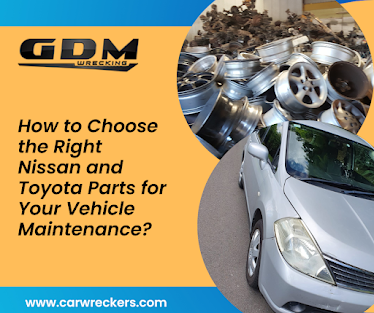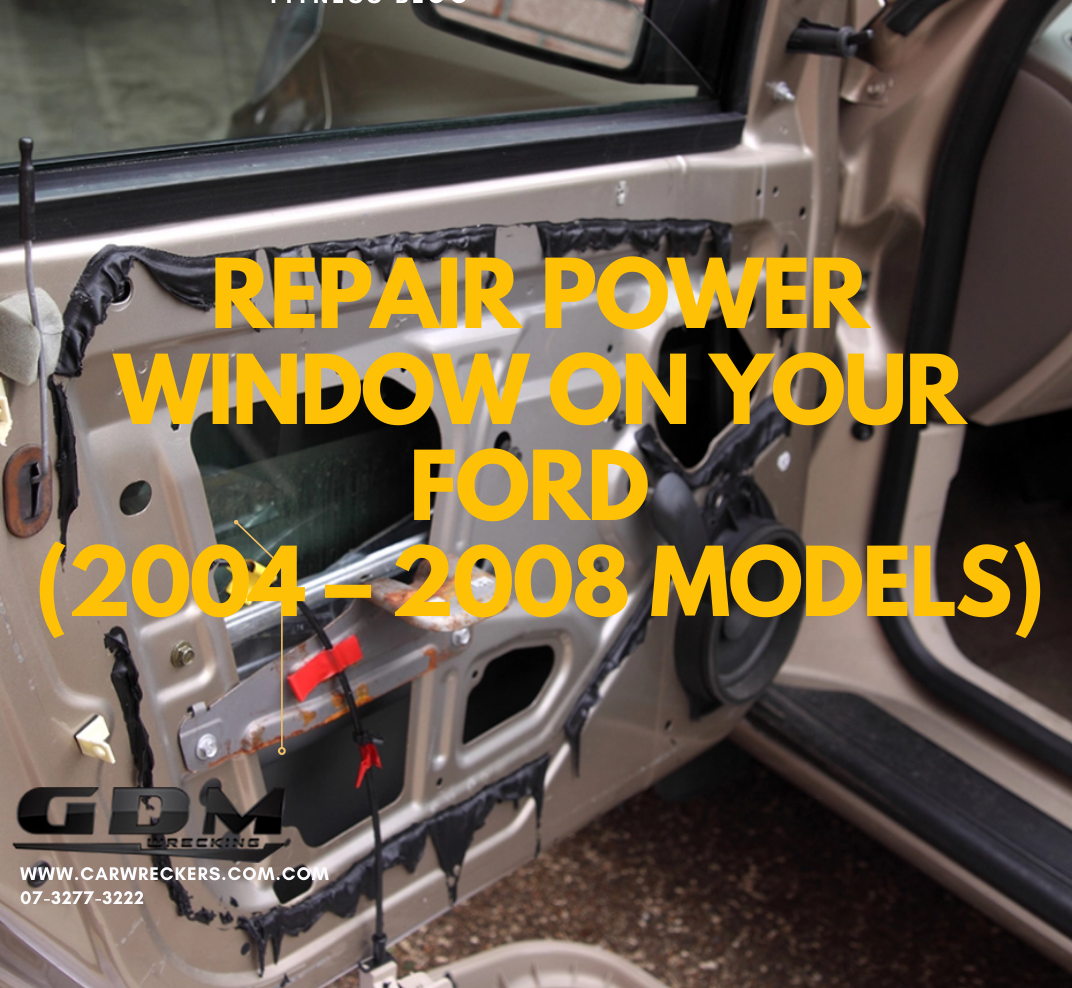How to Choose the Right Nissan and Toyota Parts for Your Vehicle Maintenance?
When it comes to maintaining your Nissan or Toyota vehicle, using the right parts is essential for ensuring the best performance and longevity. But with so many options available, how do you know which parts are the right ones for your vehicle? In this blog, we will go over some key factors to consider when choosing Nissan and Toyota parts for your vehicle maintenance.
1. Original Equipment Manufacturer
(OEM) vs Aftermarket Parts
One of the first decisions you will
need to make when choosing parts for your vehicle is whether to go with
Original Equipment Manufacturer (OEM) or aftermarket parts. OEM parts are made
by the same manufacturer that made the parts for your vehicle when it was
built, while aftermarket parts are made by a third-party manufacturer.
There are pros and cons to both types
of parts. OEM parts are generally more expensive, but they are also typically
of higher quality and are a better fit for your vehicle. They are also backed
by the manufacturer's warranty, which can give you peace of mind. On the other
hand, aftermarket parts are generally cheaper and can offer a wider range of
options.
2. Compatibility with Your Vehicle
It is important to make sure that the
parts you choose are compatible with your specific make and model of Nissan or
Toyota. Using incompatible parts can lead to issues with the performance and
safety of your vehicle.
One way to ensure compatibility is to
use OEM parts, as they are specifically designed for your vehicle. If you
choose to go with aftermarket parts, be sure to do your research and only
purchase from reputable manufacturers that have a track record of producing
high-quality, compatible parts.
3. Quality of the Parts
Using high-quality used parts is essential for
the long-term health and performance of your vehicle. Cheap, low-quality parts
may save you money upfront, but they are more likely to fail or cause issues
down the line, leading to costly repairs.
When shopping for parts, be sure to
consider the reputation of the manufacturer and the materials used in the
construction of the parts. OEM parts are generally of higher quality, but there
are also many reputable aftermarket manufacturers that produce high-quality
parts.
4. Price
While it is important to consider the
price of the parts you are purchasing, it is also important to keep in mind
that the cheapest option is not always the best choice. As mentioned above,
using low-quality, cheap parts can lead to costly repairs in the long run.
That being said, it is still a good
idea to shop around and compare prices from different sources to ensure that
you are getting the best deal. Just be sure to balance price with quality and
compatibility when making your decision.
5. Warranty
If something goes wrong with the parts
you have purchased, it can be a major inconvenience and a financial burden to
have to pay for repairs. That is why it is important to consider the warranty
offered by the manufacturer when choosing parts for your vehicle.
By considering these factors, you can
make an informed decision and choose the right Nissan and Toyota parts for your
vehicle maintenance, ensuring the best performance and longevity of your
vehicle.
Toyota and Nissan are two of the largest and most popular automobile manufacturers in the world. With a wide range of vehicles on offer, from small hatchbacks to large pickup trucks, both companies have something for everyone. However, no matter how well-made and reliable a vehicle is, it will eventually require maintenance or repair. When it comes time to replace parts on your Toyota or Nissan, you have a few options available to you.
One option is to purchase genuine OEM (Original Equipment Manufacturer) parts directly from GDM wrecking. These parts are made by the same manufacturer that made the parts for your vehicle when it was first built, so you can be confident that they will fit and function properly. The downside to this option is that OEM parts can be expensive, especially if you are purchasing multiple parts.
Another option is to purchase aftermarket parts from a third-party manufacturer. These parts are designed to fit and function in the same way as OEM parts, but they are often less expensive. The downside to this option is that the quality of aftermarket parts can vary widely, and you may end up with a part that does not fit or function as well as an OEM part.
A third option is to purchase used parts from a salvage yard or online marketplace. This can be a cost-effective way to get the parts you need, but it can be risky. Used parts may not be in the best condition and may not function properly, and it can be difficult to determine their history or how they were used.
Ultimately, the choice of which parts to purchase for your Toyota or Nissan will depend on your budget, the availability of the parts you need, and your personal preferences. If you are unsure of which option is best for you, it is always a good idea to consult with a
mechanic or the dealership to get their professional advice.
You can also read




Comments
Post a Comment